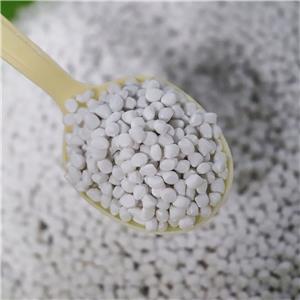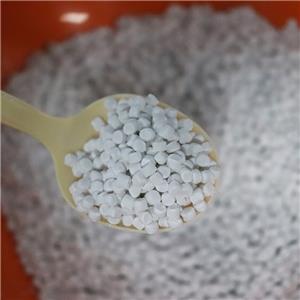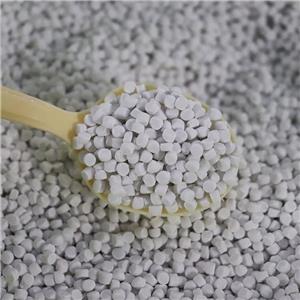Characteristics of carbonate-based powder materials in the direction of coatings and inks
In the conventional formulation of coatings and inks, adding a certain amount of powder materials can not only reduce costs, but also play a greater role in adjusting the performance of products and coatings. Such as improving the wear resistance, scratch resistance and corrosion resistance of the coating, improve moisture resistance, etc.. Coatings, ink formulations in the selection of powder materials will generally be dispersed performance, particle size distribution, purity and other factors for comprehensive consideration of choice. Usually used powder materials, i.e., fillers mainly include calcium carbonate, barium sulfate, talcum powder, mica powder, kaolin, silica, wollastonite, and so on.
For the above powder materials can be summarized into three major categories, namely, carbonate system, silicate system and sulfate system; each material will have its corresponding characteristics and application effects, in the modulation of the formulation can be based on the application of coatings, ink coatings application scenarios to choose the appropriate powder.
Carbonate system is most commonly used for calcium carbonate, of which heavy calcium carbonate as internal and external wall latex paint system with a large amount of filler, the conventional selection of 800 mesh -2000 mesh, the addition ratio of up to 10% -40% ranging; and different mesh, mineral sources, such as heavy calcium carbonate on the feel of the coating, the color is to play a greater impact on the feel, the general high mesh feel is better, but its corresponding achromatic force will be greater, when color matching Need to consume more color paste for color mixing.
For the case of high achromatic power of color mixing base material system, dispersant, wetting agent and powder mineral source can be screened and compared, the following chart shows the influence of different mineral sources of calcium carbonate on the color matching of interior wall emulsion paint, mineral source 1 shows lower achromatic power that is better color matching.
In the carbonate system, light calcium carbonate has better dry covering power, but its oil absorption value is larger, alkaline, and the amount added in the formula is limited; at the same time, the weathering resistance is poor, so it is commonly used in interior wall emulsion paint, offset printing and other ink systems; compared with the left figure below, the covering ability of light calcium carbonate is superior to that of general talcum powder and heavy calcium carbonate.
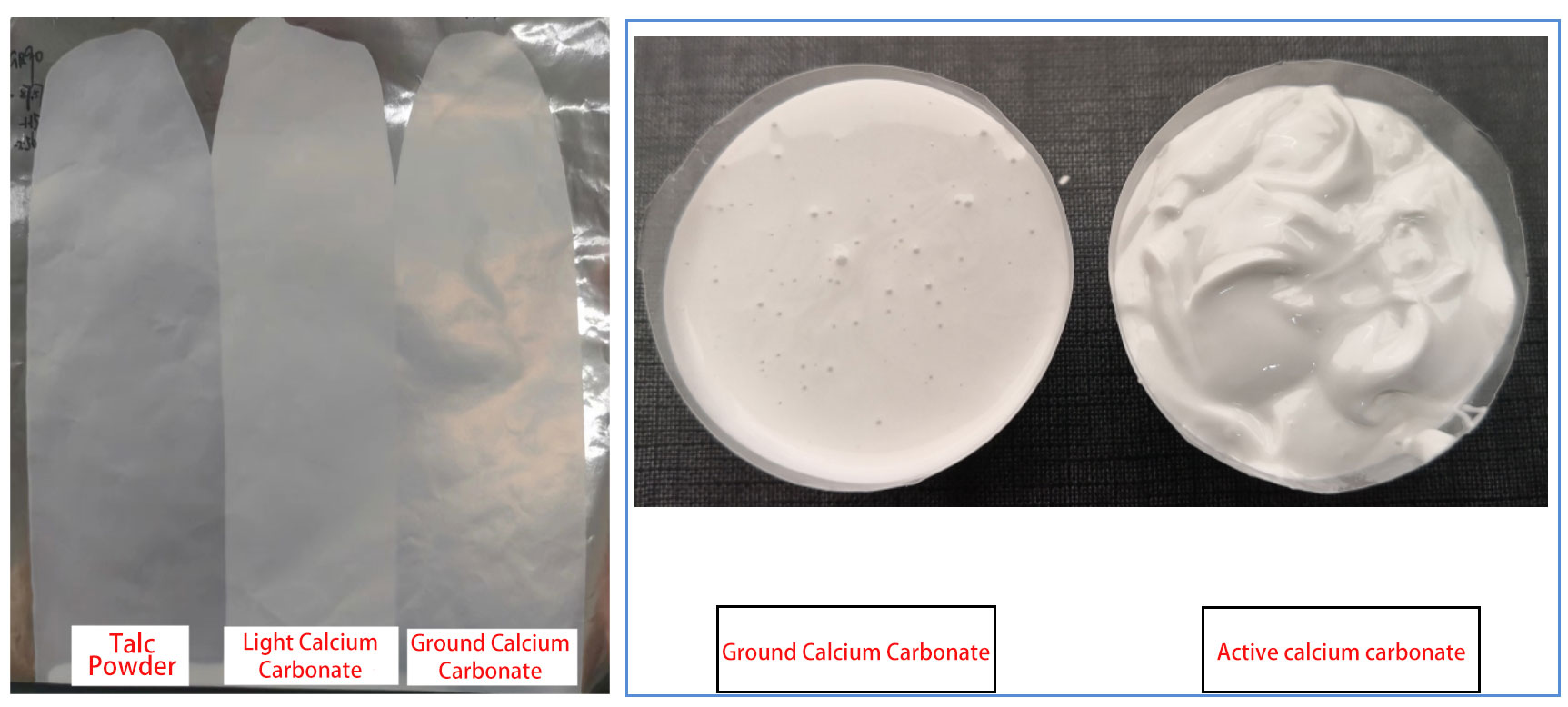
As for activated calcium carbonate, its surface will generally be treated with special additives to give the powder excellent system dispersion, gloss, wettability, stability, etc.; as shown in the figure on the right above, the use of special additives to deal with the activated calcium carbonate shows a better pseudo-plasticity, which can effectively improve the rheological properties of coatings, inks and other products, reduce the use of rheological additives to improve the stability of the finished product of the coatings and coatings to resist the hanging of the comprehensive.
Other commonly used powder materials silicate and sulfate system, in coatings, inks and other products, the application characteristics are also different;
Such as silicate system of talc, with higher than the carbonate system of physical shielding, corrosion and water resistance, with excellent thickening effect, but the oil absorption value is high, the proportion of additions is limited; high matting, generally not used in high-gloss coatings system, but high-performance talc can be assisted in matting powder synergistic preparation of excellent matte coatings.
The barium sulfate system has lower oil absorption value than carbonate system, excellent acid and alkali resistance, and widely used in industrial and anticorrosion coatings, such as the bottom, middle, and surface layer; at the same time, the gloss of the coating has less impact, and it can be used for glossy top coat layer.
In summary, each powder material has its own unique characteristics, reasonable material matching can effectively complement each other, that is, to play the required characteristics while minimizing the negative impact; at the same time the use of a single material can also be used for similar products with different mineral properties, such as dryness, luster, achromaticity, stability, transparency and coverage, etc., to carry out a comprehensive assessment, in order to achieve the purpose of enhancing the overall level of the product.
